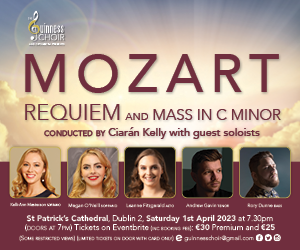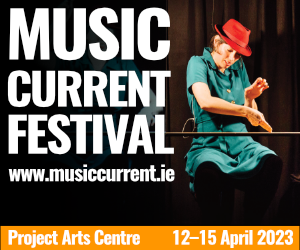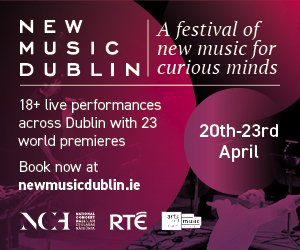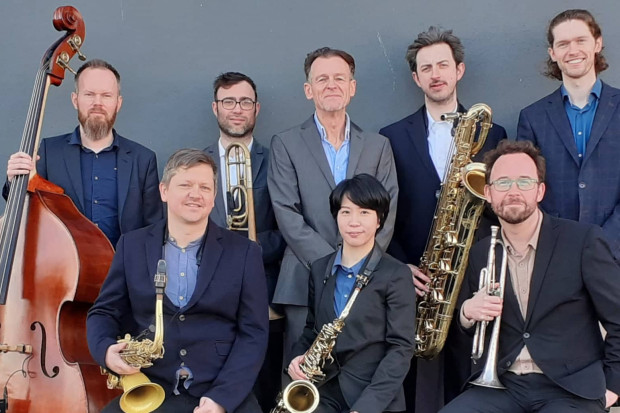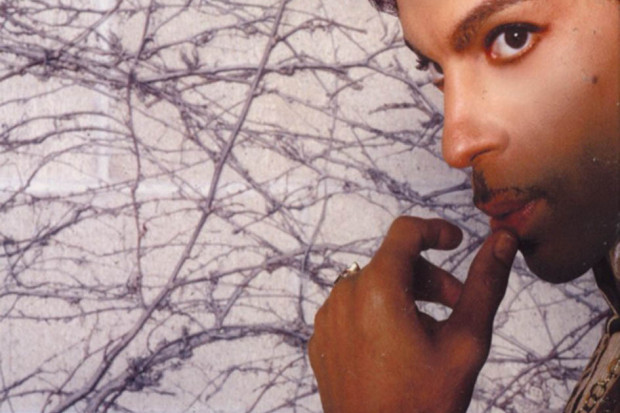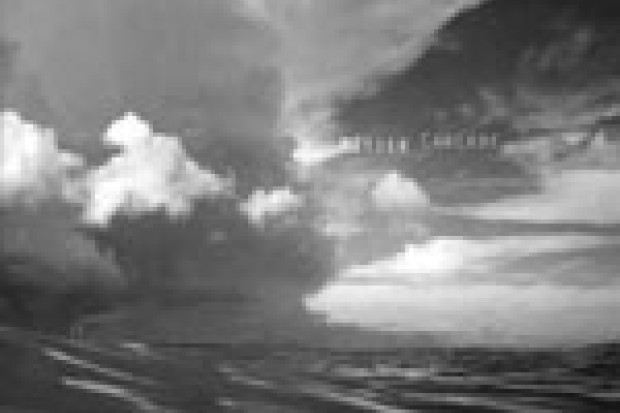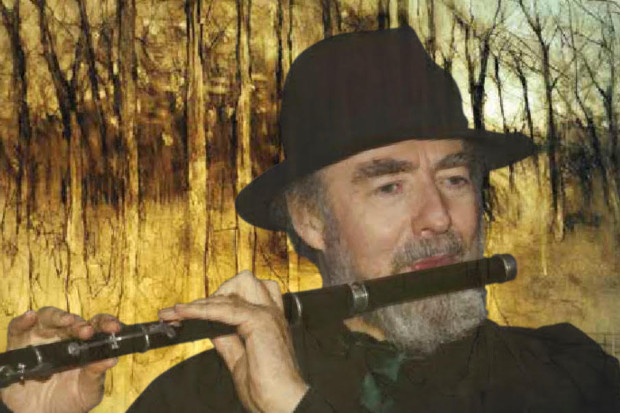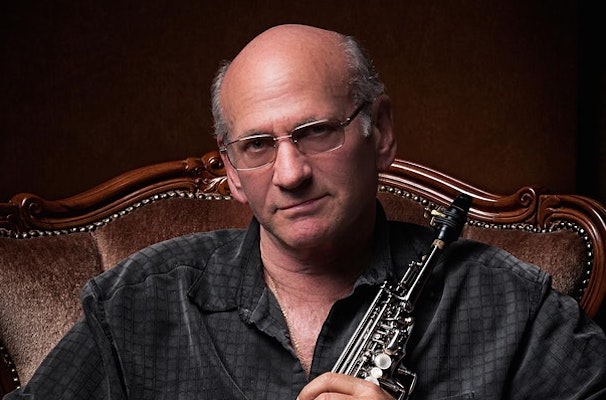
Dave Liebman
Intense Innovation: Jazz Clubs and the Evolution of Jazz
In much of the public mind, the jazz club has a somewhat louche reputation. The smokey after-hours ambience, the bohemian vibe, the presence of night people, gangsters – this stereotype is alive and well in popular culture. While it is true to say that jazz clubs were nightclubs – often of a very rudimentary type – that had music, the film noir imagery conjured up by the phrase ‘jazz club’ obscures the reality of the extraordinary influence the jazz club had on the evolution of jazz, and indeed of twentieth-century music.
Given their origin, it is hardly surprising that jazz clubs have a certain reputation in the public consciousness as dens of vice. Prohibition began in the US in 1920 and lasted until 1933. Thousands of saloons were forced to close and gangsters saw an opportunity for making, transporting and selling alcohol, and creating venues where it could be imbibed. The speakeasy was born.
Prohibition did nothing to curb America’s thirst for alcohol, and huge money was made by those who supplied it – especially if they also controlled the point of sale to the customers. In mob-controlled Chicago in the 1920s, dozens of illicit drinking clubs sprang up and competition for customers was fierce. By providing entertainment you could lure more customers into your establishment, and jazz, with its dance origins, was ideal music for the party atmosphere the clubs wanted to foster. To give themselves a competitive edge, clubs wanted to hire the best players, and so hugely important figures such as King Oliver, Louis Armstrong and Duke Ellington were given a nightly platform to perform and develop their music.
Though Prohibition ended in 1933, the jazz club format remained and became a mainstay of American musical life, springing up in every major city and indeed in cities around the world.
There is no doubt that the working conditions were atrocious, especially for black musicians. Long hours in smoke-filled environments, surrounded by drunkenness, cramped playing conditions, treated like servants, often cheated of their money by the club owners or forced into punitive long-term contracts – but these were the only places where most jazz musicians could find work. However, difficult as these conditions were, they did provide one crucial element for the development of jazz – an environment in which the musicians could play every night for many hours and develop their art, their craft and their physical stamina.
Twenty-two sets a week
It is hard to credit just how long the playing hours were in a typical jazz club in those days. The great Benny Golson told me that, as teenagers, he and John Coltrane had stood outside the open window of a jazz club in Philadelphia listening to Charlie Parker, who played five forty-five-minute sets, from 10pm to 2am. This was not uncommon, and, at the very least, a band would play three sets a night.
By the 1950s and 60s, the typical band engagement in a club would be at least six nights a week, three sets a night, and two matinees on Saturdays and Sundays from 3pm to 6pm. This meant that in a typical week, a jazz group would play twenty-two sets of music, each set lasting at least fifty minutes. Right up until the end of the 1960s, this was the environment in which the most important innovations and developments in jazz took place and were on display.
The sheer length of time the performers had to perform for on a nightly basis demanded great physical stamina, and ensured the development of powerful instrumental and vocal techniques. The informality of the environment and the long playing time encouraged experimentation, and those who came specifically to hear the music were rewarded by seeing the music evolve right in front of them – in the 1950s you could watch the Miles Davis group with John Coltrane and Bill Evans perform literally inches away from you, and for several hours, for a relatively modest outlay.
Key figures in jazz, and the music and styles they created and invented, were associated with specific clubs: Duke Ellington with New York’s Cotton Club in the late 1920s, Count Basie at the Reno Club in Kansas City in the 1930s, Charlie Parker with the clubs on 52nd Street in New York in the 1940s, Thelonious Monk at the Five Spot, and Miles Davis at the Café Bohemia in the 1950s, and Bill Evans and John Coltrane at the Village Vanguard in the 1960s. And many key live recordings from the 1950s onwards were made in the clubs – Sonny Rollins, Bill Evans and John Coltrane at the Village Vanguard, Thelonious Monk at the Five Spot, and Miles Davis at The Plugged Nickel.
New York state of mind
If I were offered a trip in a time machine, the period I would choose would be New York in the mid-1960s, because there, in the clubs, you could witness musicians from every era of jazz performing nightly. It would have been quite feasible in the New York of that time to see Louis Armstrong, Dizzy Gillespie, Miles Davis, John Coltrane and Cecil Taylor all performing in different clubs. You could witness the full span of the music from its origins through to the avant-garde.
From the late 1960s onwards the number of jazz clubs declined as rock music dominated popular consciousness and jazz was no longer considered to be economical for club owners to stage. With the loss of that environment went the loss of the platform for extended playing and the opportunity for experimentation over a long period of time. Surviving jazz clubs went to a two-set per night format, and prices went up. These days, a night at the Village Vanguard, Birdland or Ronnie Scott’s Club is not cheap.
As I write this, I am looking forward to playing in ‘New York Frame of Mind’, a three-night, three sets per night series with the legendary Dave Liebman – who himself began his career playing in New York jazz clubs in the 1960s – and with my longtime colleagues my brother Conor and guitarist Mike Nielsen. At the Bello Bar in leafy Portobello, we will attempt to emulate the atmosphere and ethos of the New York jazz club of the 1960s, with its long playing time, and opportunity for audiences to experience the intimate atmosphere in which jazz originally developed.
Liebman himself says:
The jazz club of this period was to jazz what the concert hall was to classical music. The chance to play multiple sets of music on successive nights has an effect on the music that cannot be replicated in any other way. For the musicians they have a chance to stretch, to experiment, and to develop the music over a long period of time. For the audience they experience the intimacy of the jazz club as well as the opportunity to watch the music develop in front of them.
Will we have the stamina over the three nights that our jazz forebears had? I hope so! Will we create something unique to us over that period that we can share with the audience? Definitely!
The New York State of Mind concerts, with Dave Liebman, Ronan Guilfoyle, Mike Nielsen and Conor Guilfoyle, take place on 26, 27 and 28 May, 8.30pm–11.30pm, in the Bello Bar in Portobello, Dublin 8. Purchase tickets here.
Published on 19 May 2022
Ronan Guilfoyle is a bass player, composer and Director of the Centre for Jazz Performance at DCU.








